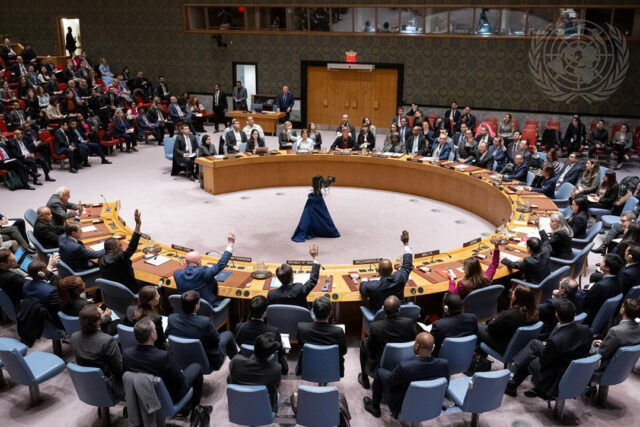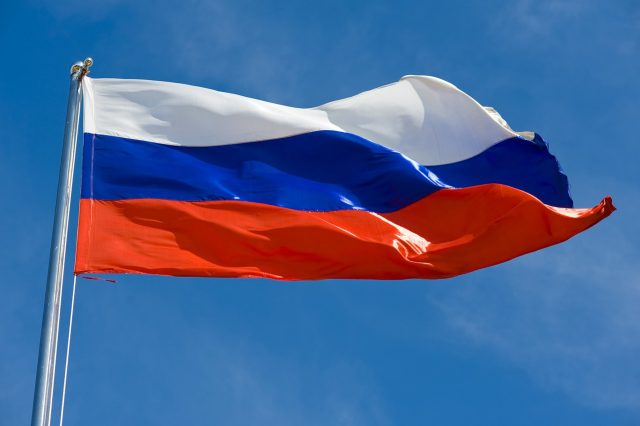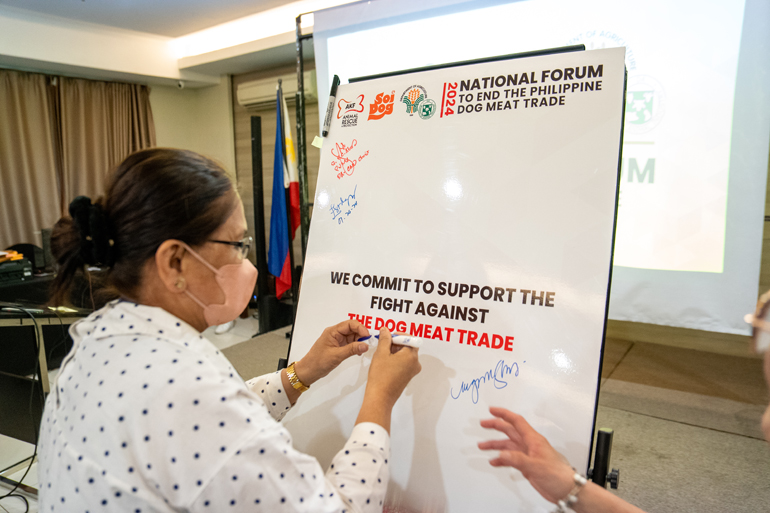By Keisha B. Ta-asan, Reporter
THE PHILIPPINE central bank is likely to cut borrowing costs by 25 basis points (bps) in June even if inflation stays above 4% next quarter, Standard Chartered Bank (StanChart) economists said.
Inflation might pick up in the second quarter to more than 4% before easing back to the 2-4% target in the second half, they told a news briefing on Tuesday.
“As long as month-on-month inflation remains disinflationary and the trajectory is for inflation to optimally fall below 4%, it’s possible that the BSP (Bangko Sentral ng Pilipinas) doesn’t have to wait for the actual inflation number to fall below 4%,” Standard Chartered economist Jonathan Koh said.
The BSP is trying to strike a delicate balancing act to support an economy that is expected to grow by 6.5-7.5% this year, while ensuring that any interest rate decisions do not fan inflation or put pressure on the peso and lead to capital outflows.
Central banks around the world have tightened monetary policy since 2022 to tame inflation. The BSP was one of the most aggressive in the region, hiking the policy rate by 450 bps from May 2022 to October 2023.
Last week, the BSP kept the key rate at 6.5% — the highest in nearly 17 years — for a third straight meeting at its first policy review of the year, as widely expected. It will hold its next policy review on April 4.
“The BSP could move before inflation hits below 4%,” Mr. Koh said. “If not, the BSP will keep policy a bit too restrictive for too long probably. We are expecting BSP to cut 100 bps this year, beginning with 25 bps in June.”
Local interest rates would remain restrictive this year, with economic output likely to expand by 6% from 5.6% last year, he added..
Mr. Koh also said they had lowered their full-year inflation forecast for the Philippines this year to 3.5% from 3.8%.
“There are some disinflationary pressures in the economy especially for core, and we see that for headline as well,” he said. “This is encouraging for the central bank in terms of keeping inflation under control.”
Inflation cooled to the lowest in three years to 2.8% in January from 3.9% in December and 8.7% a year ago. It was the second straight month that it was within the BSP’s 2-4% target.
Core inflation, which excludes volatile prices of food and fuel, cooled to 3.8% from 4.4% in December, the first time that it settled within the 2-4% target after 17 months.
Last week, the Philippine central bank lowered its risk-adjusted inflation forecast for this year to 3.9% from 4.2% but raised its outlook for 2025 to 3.5% from 3.4%. It cut its baseline inflation forecast for this year to 3.6% from 3.7% but kept its projection for 2025 at 3.2%.
The BSP would also likely follow the 100-bp rate cuts from the US Federal Reserve, Mr. Koh said.
The Fed might cut rates by 100 bps this year, which could improve sentiment in the second half, Standard Chartered Chief Economist for Southeast Asia and India Edward Lee told the same briefing.
PESO TO UNDERPERFORM
He said they expect global growth to slow to 2.9% this year. “It’s kind of flattish and still lackluster mainly (because) global interest rates are still high.”
The Fed raised its policy rate by 525 bps to 5.25-5.5% from March 2022 to July 2023. Policy makers from the US central bank earlier said they want convincing evidence that inflation would sustain its fall before they consider cutting borrowing costs.
Meanwhile, Mr. Koh said the dollar would likely weaken against major currencies globally if the Fed does cut the policy rate by 25 bps in May.
“If the dollar goes weaker [against the peso], then it helps with BSP cutting off rates,” he said. “Our forecast is P55.40 a dollar by the end of the year, or around the P54-57 range this year.”
But the peso might underperform against other currencies in the region amid the country’s wide current account deficit, he said.
“The current account deficit is going to improve this year, but we think that the deficit is still substantial, especially in the event where you have oil prices going higher,” Mr. Koh said.
Standard Chartered expects the current account shortfall to hit 3% of the economy this year, which is less optimistic than the view of the central bank, which projects a $9.5-billion deficit equivalent to 2% of economic output.
“We are also expecting the BSP to cut by 100 bps, which is the most that we are expecting in the region,” Mr. Koh said. Indonesia and Thailand are expected to cut rates by 50 bps.
Standard Chartered also expects the BSP to lessen its intervention in the foreign exchange market. “Even though the dollar was higher in January, there wasn’t an intervention to artificially keep the peso at a lower level.”
BSP Governor Eli M. Remolona, Jr. last month said the central bank might limit its foreign exchange intervention as it completes a new currency framework this year.
The central bank wants to make the peso more competitive and ease restrictions in the foreign exchange market.
The peso closed at P56.035 a dollar on Tuesday, 3.5 centavos stronger than its close a day earlier.








 The Forum was attended by officials and experts from the Bureau of Animal Welfare (BAI), the Department of Interior and Local Government (DILG), the National Meat Inspection Service (NMIS), the Philippine National Police (PNP), the Committee on Animal Welfare (CAW), the Local Government Unit – Veterinarians as well as international NGO Soi Dog Foundation. Awards were also given in recognition of the active participation and role of the government stakeholders at the end of the dog meat trade campaign.
The Forum was attended by officials and experts from the Bureau of Animal Welfare (BAI), the Department of Interior and Local Government (DILG), the National Meat Inspection Service (NMIS), the Philippine National Police (PNP), the Committee on Animal Welfare (CAW), the Local Government Unit – Veterinarians as well as international NGO Soi Dog Foundation. Awards were also given in recognition of the active participation and role of the government stakeholders at the end of the dog meat trade campaign. In a statement, Atty. Heidi Caguioa, Program Director for Animal Kingdom Foundation, said that the resounding renewal of commitment to the cause is significant and stressed the importance of collaboration against the cruel trade.
In a statement, Atty. Heidi Caguioa, Program Director for Animal Kingdom Foundation, said that the resounding renewal of commitment to the cause is significant and stressed the importance of collaboration against the cruel trade. 




